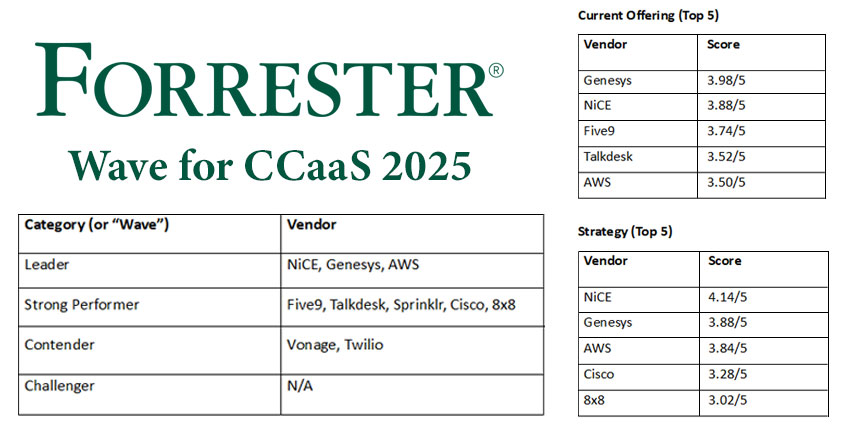In July 2022, Microsoft launched its Digital Contact Center Platform.
While many expected a Teams-native solution, the story mostly centered on the evolution of Dynamics 365 for Customer Service.
Teams proved a smaller part of the announcement, alongside Azure, Power, and Nuance AI – which all feature – in some capacity – within the platform.
Microsoft left it a mystery how many of these capabilities would work together. But, it did announce swarming capabilities with Teams.
This link may have excited some. Although, according to Zeus Kerravala, it is unlikely to be enough to make a significant dent in the CCaaS market in 2023.
“Good Enough” Is Not Enough
The hype around Microsoft in CCaaS stems from its leadership in UCaaS, with its Teams solution having 270+ million users worldwide.
As such, Microsoft Teams offers an excellent platform to pivot from.
However, IT is usually responsible for UC buying decisions. Business/contact center owners have more control over CCaaS.
These decision-makers prioritize customer and user experience, and Kerravala believes that workers often prefer using Microsoft alternatives.
After making this point in conversation with UC Today, Kerravala highlighted how Microsoft’s “good enough” approach might clash with many companies’ strategic ambition for their contact center.
“If you look at Microsoft’s strategy overall, it tends to build apps that are good enough in nature, and then they do a license bundle,” he stated. “This is why companies choose a partner for critical applications such as RingCentral or 8×8 for Teams calling versus the native calling features.
Early feedback on the Teams contact center is the same. It’s a good enough product, but I don’t believe the strategy will fly in the contact center, as it’s the lifeblood of most organizations.
Now, Microsoft’s CCaaS offering does impress with its desktop and native AI, as Kerravala recognizes. Yet, he puts forward a couple more caveats.
These include its reporting capabilities, which require developer support to become consistent with mainstream rivals, and its overall complexity.
So, will Microsoft eventually get its contact center business right? “Maybe, but it won’t be in 2023,” concluded Kerravala.
Its Complexity Is a Significant Challenge
Despite its links with Teams, Azure, Power, and Nuance AI, the Microsoft Digital Contact Center Platform sits on Dynamics.
In itself, Dynamics offers a vast, complex ecosystem. Combine this with everything above, and the significant complexity of Microsoft’s CCaaS platform – which Kerravala emphasizes – becomes clear.
According to Tom Arbuthnot, Co-Founder of Empowering.Cloud, this complexity may limit its market potential. He stated:
If you’re a Salesforce outfit, would you pick Dynamics for your contact center? Probably not. The technologies can work together. But that’s the thing. It only really makes sense for Dynamics-first organizations who are on that journey.
Perhaps this will worry Microsoft, with Salesforce still leading the CRM market and outselling Dynamics four to one, according to a 2022 IDC study.
However, Arbuthnot sees significant potential in bringing these tools together in the long run. He also notes how its Nuance acquisition may further its CCaaS cause, adding:
The Nuance acquisition gives them an army of people who know this market and already work with existing contact center vendors. So, that is a secret weapon for them to get into the space.
In addition, Microsoft seems set to certify the first vendors on its “Power” model for contact center integrations with Teams later this year.
By doing so, more businesses – particularly in the SMB market – may turn to a native Teams Contact Center and engage with their software.
Once Microsoft’s own CCaaS solution matures, businesses may consider it their sole provider for enterprise communications, should they further converge their technology stack.
In time, this could sharpen its growth curve. But, for 2023, Microsoft’s objective is likely to refine its CCaaS proposition before staking its claim as a market leader.
What objectives may its CCaaS competitors have for the coming year? Find out by reading our article: What to Expect from AWS, Zoom, and Five9 In 2023







